Italy’s iconic destinations—Rome, Florence, Venice—have long captured the imagination of first-time visitors. Yet the country contains a treasure trove of equally captivating cities that offer authentic cultural experiences without the overwhelming crowds and tourist infrastructure of the famous trio.
Here is a list of 20 alternative Italian destinations that deliver the essence of Italy—remarkable architecture, culinary excellence, artistic heritage, and vibrant local culture—while allowing travelers to discover their own Italy beyond the standard itinerary.
Matera in Basilicata

This extraordinary city, built into limestone caves, features dwellings continuously inhabited for over 9,000 years, making it one of the world’s oldest living cities. The Sassi districts—ancient cave homes stacked atop one another—create a surreal landscape that has served as a backdrop for biblical films, including Mel Gibson’s ‘The Passion of the Christ’ and the recent James Bond film ‘No Time to Die.’
Once considered the “shame of Italy” for its extreme poverty, Matera has transformed into a UNESCO World Heritage site where boutique hotels, restaurants, and artisan workshops now occupy the same caves where families lived with their livestock until the 1950s.
Lecce in Puglia
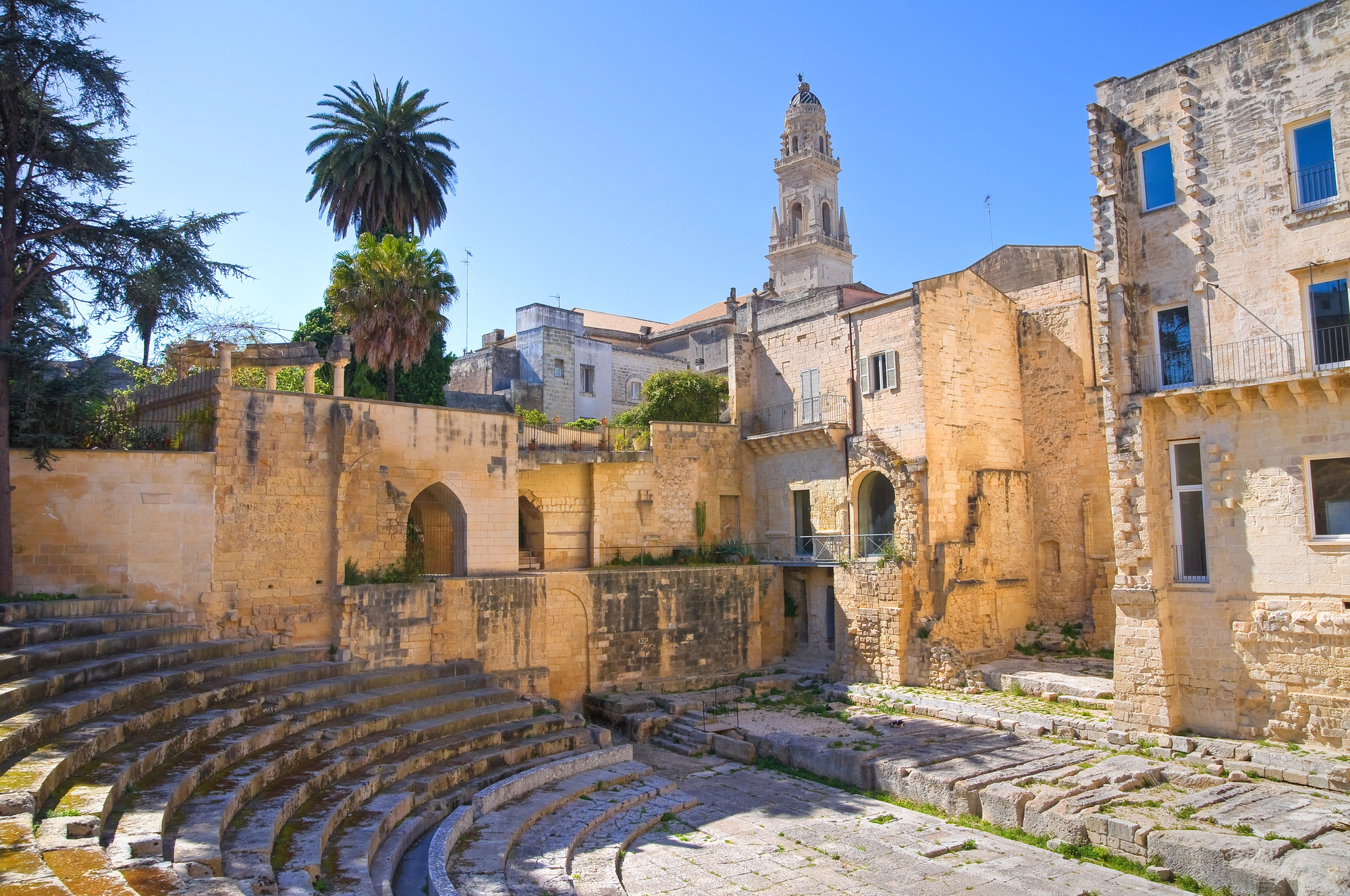
Often called the “Florence of the South,” Lecce showcases the most exuberant examples of Baroque architecture outside Spain, carved from distinctive honey-colored local limestone. Elaborate church facades feature twisting stone figures, fantastical creatures, and intricate floral motifs that seem to dance in the golden southern light.
The compact historic center reveals new architectural surprises around every corner. At the same time, evening passeggiata brings locals onto the streets for their traditional social stroll, creating a perfect opportunity to experience authentic Italian community life.
Like Travel Pug’s content? Follow us on MSN.
Orvieto in Umbria
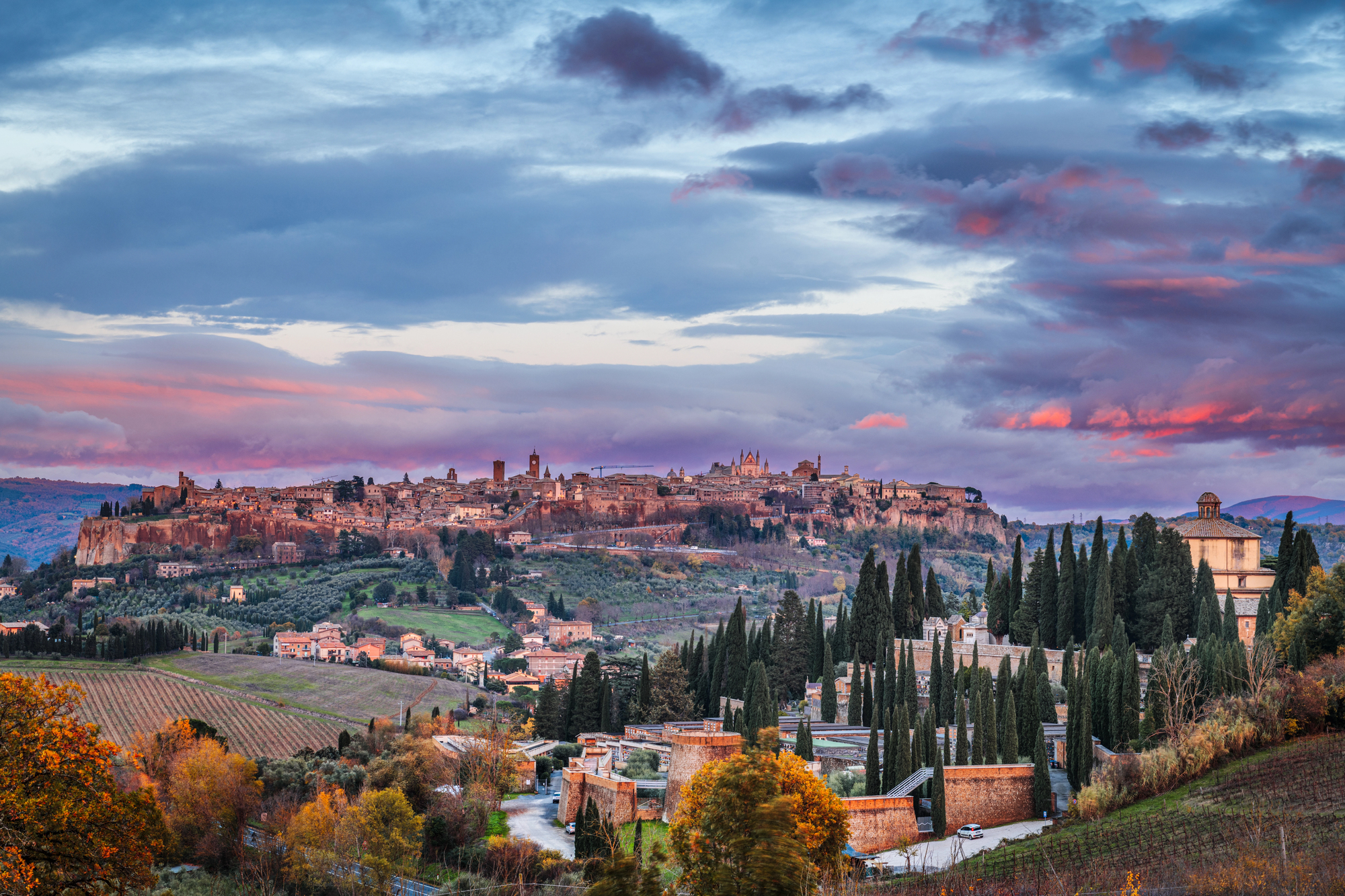
Perched dramatically atop a massive volcanic plateau, this stunning hilltop town features one of Italy’s most magnificent cathedrals, its façade a glittering mosaic of religious scenes that catch the afternoon sun. The city sits above an extraordinary network of Etruscan-era tunnels, caves, and cisterns that visitors can explore through guided underground tours revealing thousands of years of history beneath their feet.
The surrounding countryside produces exceptional white wines that pair perfectly with the hearty local cuisine served in family-run trattorias lining medieval streets.
Mantua in Lombardy

This elegant Renaissance city, surrounded by artificial lakes, remains surprisingly overlooked despite its UNESCO World Heritage status and extraordinary cultural significance. The Gonzaga family’s palatial complex—the Palazzo Ducale—contains over 500 rooms and the remarkable Camera degli Sposi frescoed by Andrea Mantegna, rivaling better-known Renaissance masterpieces in Florence and Rome.
Italy’s famed Renaissance chef, Bartolomeo Scappi, developed recipes here that continue to influence Italian cuisine.
Ravenna in Emilia-Romagna
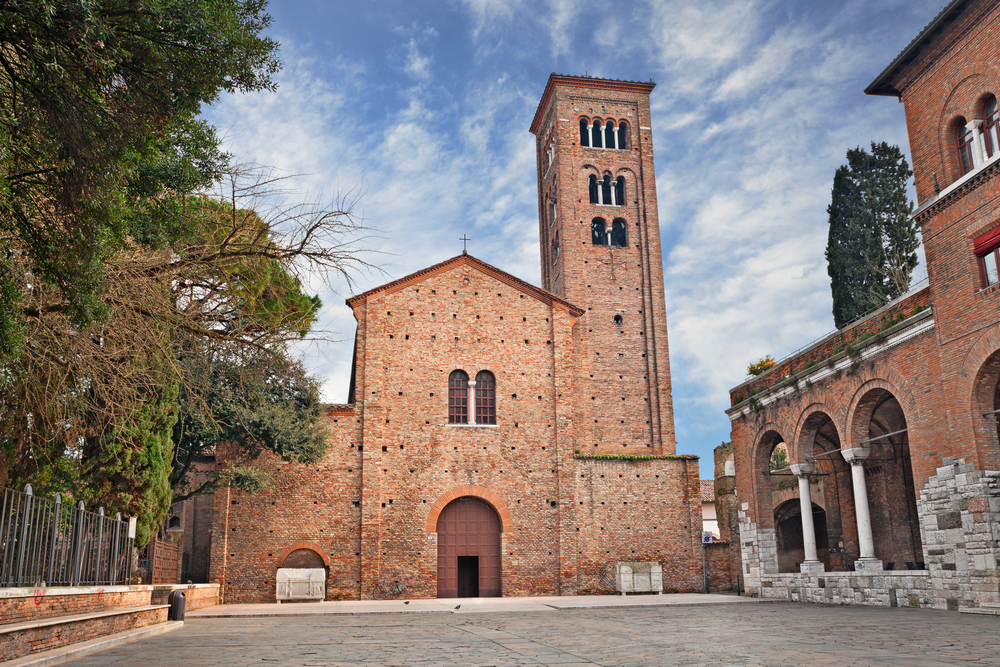
This unassuming city houses the world’s finest collection of Byzantine mosaics outside Istanbul, glittering artistic treasures that have maintained their vibrant colors for 1,500 years. Eight UNESCO World Heritage sites containing these extraordinary mosaics lie within walking distance of each other in the compact city center.
The tomb of Dante, Italy’s greatest poet, adds literary significance to this artistic haven where contemporary mosaic artists maintain ancient techniques in workshops open to visitors.
Like Travel Pug’s content? Follow us on MSN.
Trieste in Friuli-Venezia Giulia
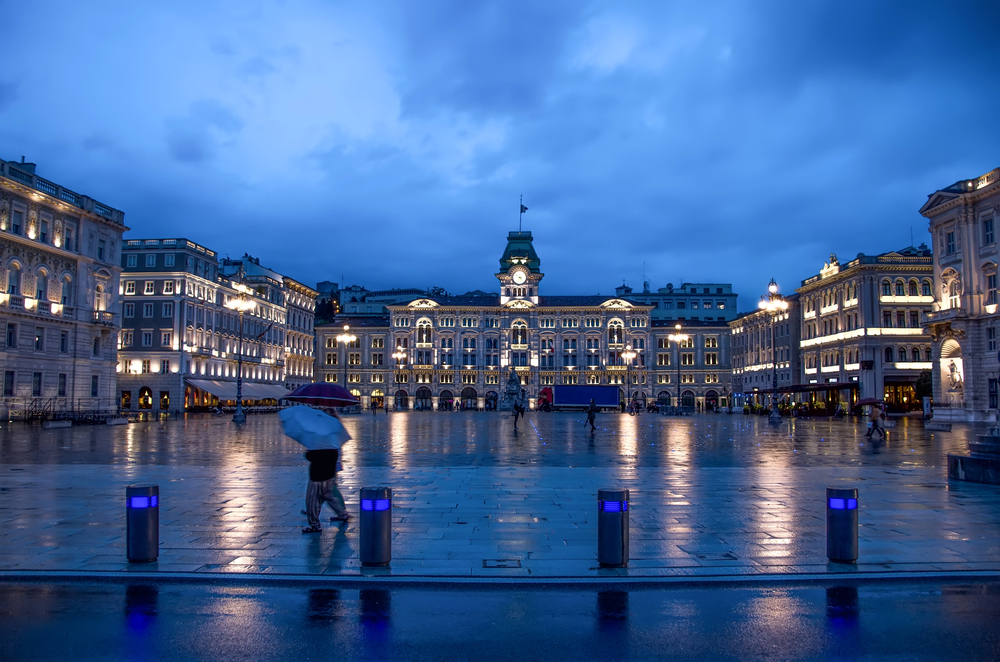
This sophisticated port city at Italy’s northeastern edge reveals an intriguing blend of Italian, Austro-Hungarian, and Slavic influences through its architecture, cuisine, and literary heritage. Massive Habsburg-era buildings line the seafront while the ancient Roman theater reminds visitors of the city’s classical origins.
Literary pilgrims visit the historical cafés where James Joyce wrote portions of ‘Ulysses’ and local author Italo Svevo developed his modernist novels. Meanwhile, connoisseurs appreciate the city’s distinctive café culture, which has developed through its history as a major coffee-importing port.
Bergamo in Lombardy
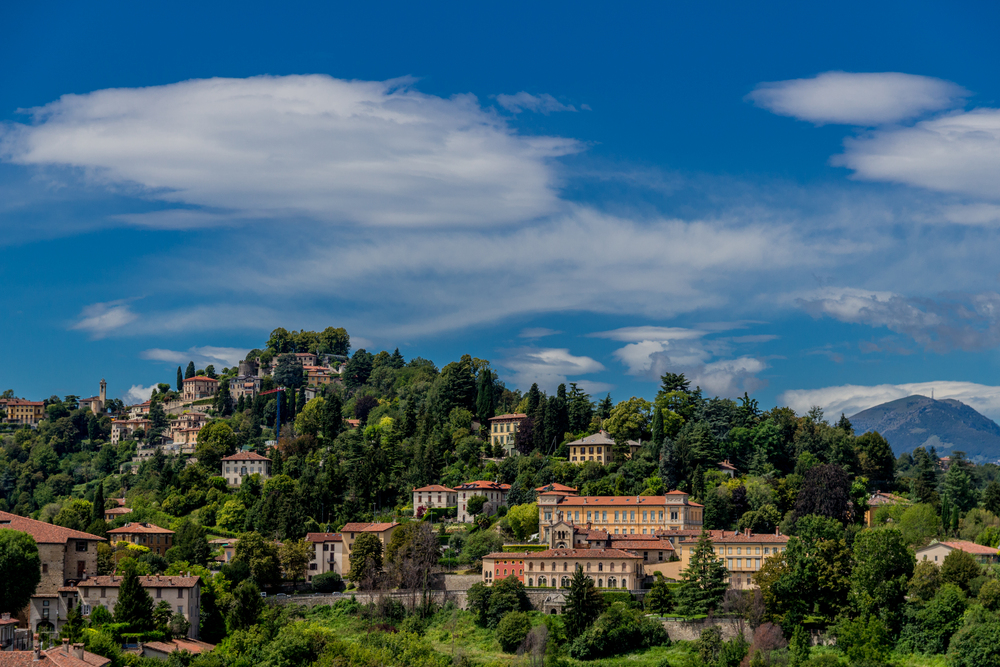
This dual-level city features an immaculately preserved medieval upper town (Città Alta) perched above the modern lower city, connected by a funicular railway that provides spectacular views across the Lombardy plain. Renaissance-era Venetian walls encircle the upper town, where traffic-free cobblestone streets wind between Gothic and Romanesque buildings housing exceptional restaurants specializing in distinctive local cuisine.
The exquisite Colleoni Chapel—a masterpiece of Renaissance architecture—contains some of Northern Italy’s finest sculptural work in its ornate marble façade.
Syracuse in Sicily
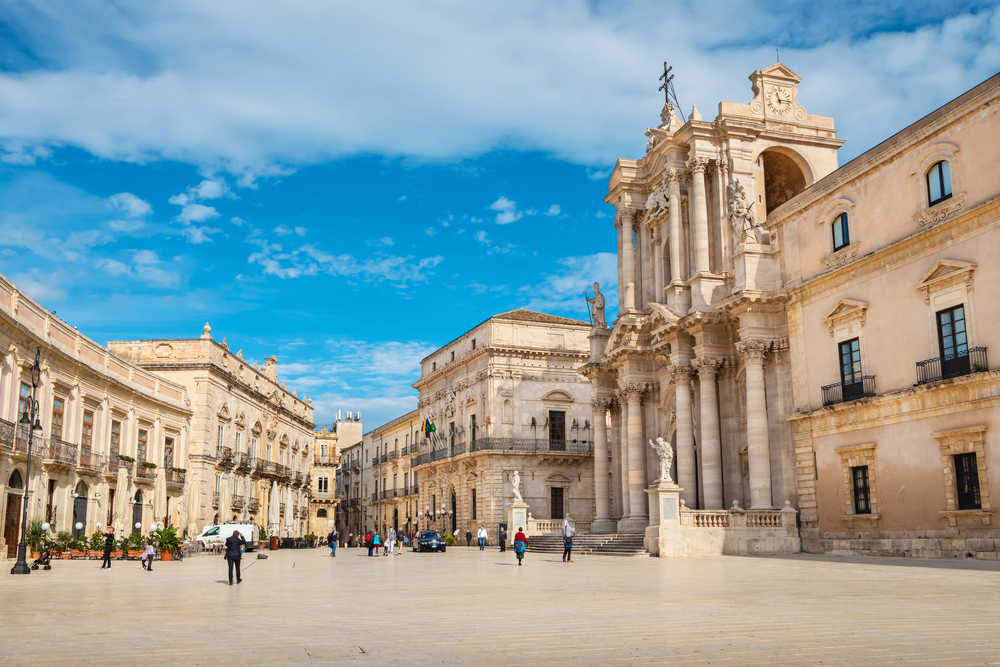
Ancient Greek ruins, Baroque piazzas, and crystalline Mediterranean waters combine in this extraordinary coastal city that once rivaled Athens in importance and beauty. The island district of Ortigia contains the palimpsest architectural styles, reflecting 2,700 years of continuous habitation, from Greek temples converted to Christian churches to Arab-influenced courtyards.
Local cuisine showcases Sicily’s exceptional seafood prepared according to recipes influenced by the island’s numerous historical occupiers, from Ancient Greeks to Arabs to Normans.
Like Travel Pug’s content? Follow us on MSN.
Turin in Piedmont
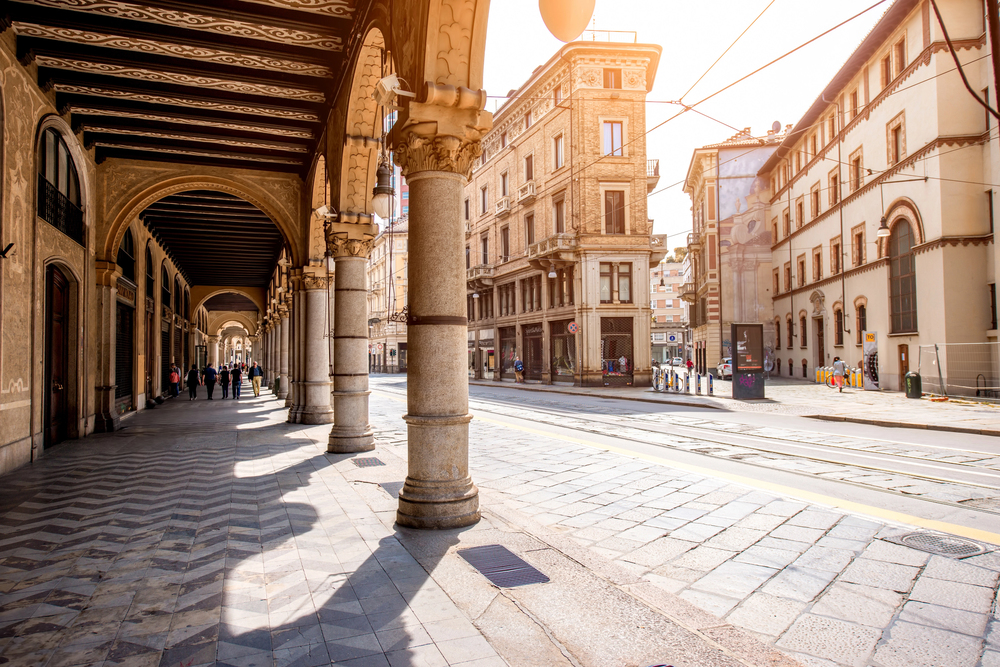
The elegant first capital of unified Italy features extraordinary baroque architecture, 11 miles of arcaded walkways, and remarkable cultural attractions including the world’s second-largest Egyptian museum. Famous for its distinctive aperitivo culture, Turin lays authentic claim to numerous Italian culinary traditions, including gianduja chocolate, bicerin coffee, and grissini breadsticks served in high-ceilinged historic cafés that maintain their 19th-century atmosphere.
The extraordinary Cinema Museum housed in the iconic Mole Antonelliana tower celebrates Turin’s role as Italy’s early filmmaking capital through interactive exhibits ascending the 121-foot central atrium.
Lucca in Tuscany
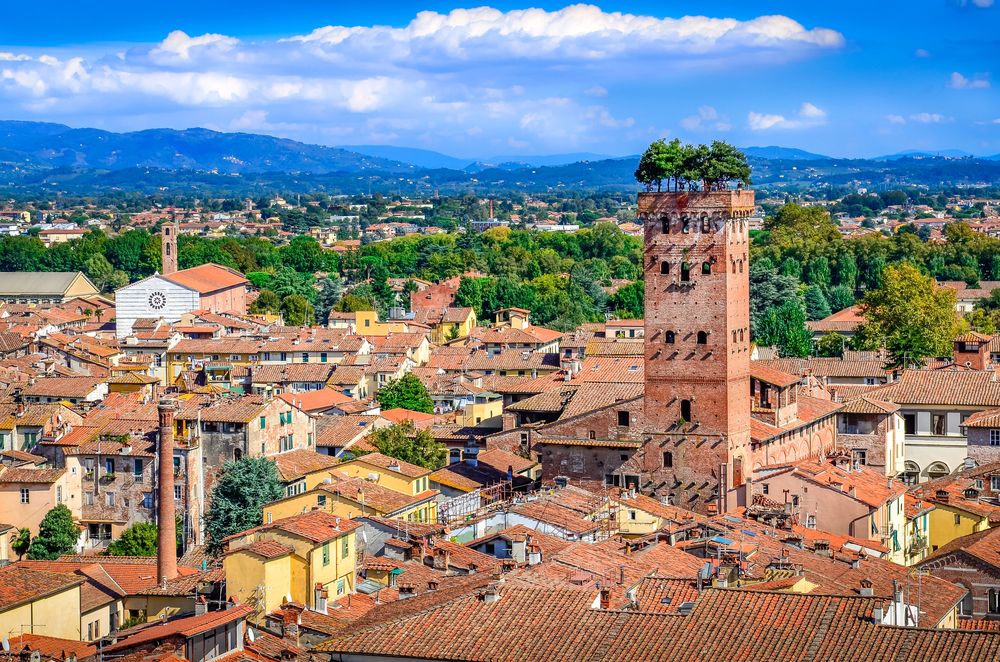
This charming city offers the quintessential Tuscan experience without Florence’s overwhelming crowds. Its Renaissance-era walls have been converted to a tree-lined promenade encircling the historical center. The elliptical Piazza dell’Anfiteatro maintains the shape of the Roman amphitheater that once occupied the space, its curved buildings following the exact footprint of the ancient structure.
Music festivals celebrate the city’s famous son, composer Giacomo Puccini, while monthly antique markets attract collectors from across Europe to search for treasures among hundreds of stalls.
Padua in Veneto
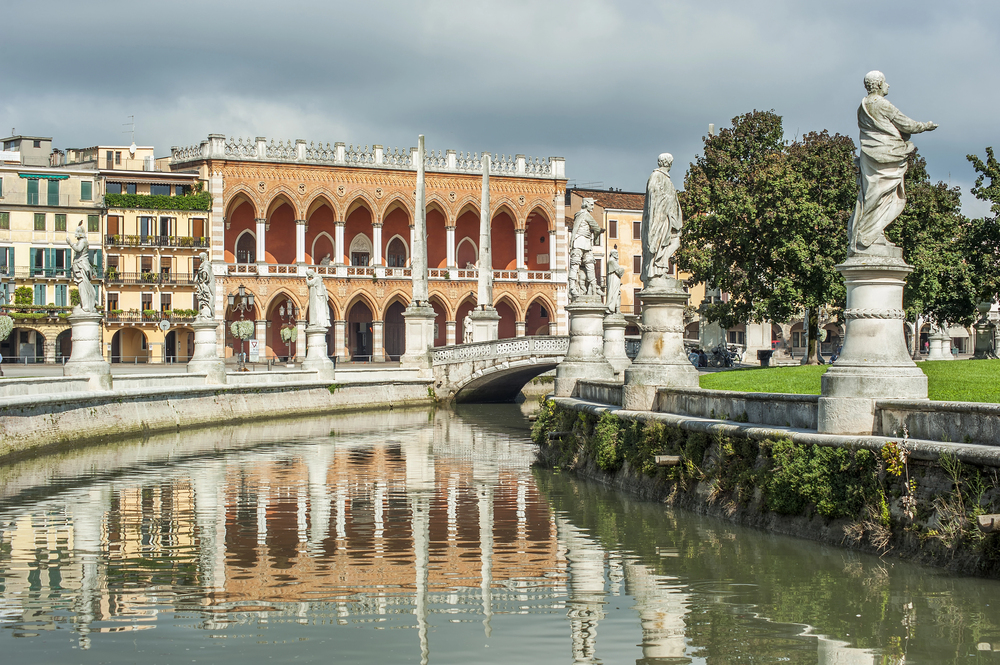
Just 30 minutes from Venice yet worlds away in atmosphere, this university town, founded in 1222, combines youthful energy with extraordinary artistic treasures. Giotto’s revolutionary frescoes in the Scrovegni Chapel represent one of the most important artistic achievements of the early Renaissance; their emotional expressiveness and spatial innovations breaking decisively with medieval traditions.
The bustling daily market at Piazza delle Erbe has been in operation since the Middle Ages, making it one of Italy’s oldest active markets. Students gather at historic cafés surrounding one of Europe’s oldest botanical gardens.
Like Travel Pug’s content? Follow us on MSN.
Trento in Trentino-Alto Adige
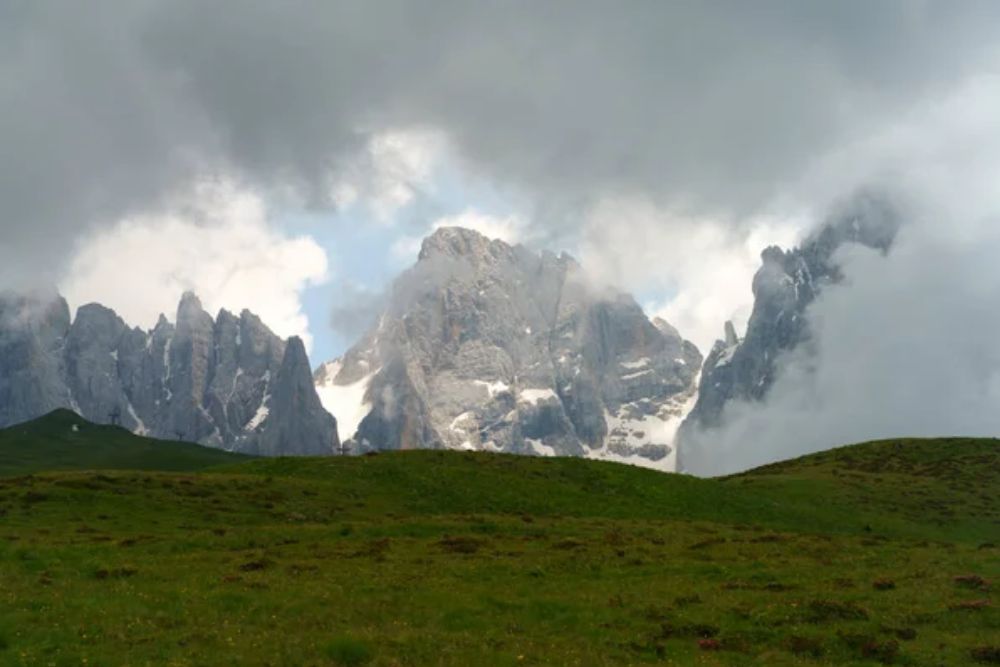
This Alpine city showcases a unique cultural blend of Italian and Austrian influences through its exceptional quality of life, immaculate streets, and distinctive cuisine. The remarkable frescoed buildings lining the historic center feature delicate patterns called sgraffito that create the illusion of three-dimensional architectural elements on flat façades.
The cutting-edge MUSE science museum, designed by Renzo Piano, provides a contemporary complement to the city’s historical attractions, while the surrounding mountains offer easy access to outdoor adventures.
Urbino in Marche

This perfectly preserved Renaissance hill town represents the physical manifestation of humanist ideals through its harmonious architecture and remarkable artistic heritage. The Ducal Palace houses one of Italy’s most important art collections, including works by native son Raphael, in a building considered the perfect expression of Renaissance architectural principles.
The thriving university, founded in 1506, ensures the town maintains a youthful energy despite its museum-like perfection, with students filling the local cafés and bringing contemporary life to medieval streets.
Parma in Emilia-Romagna
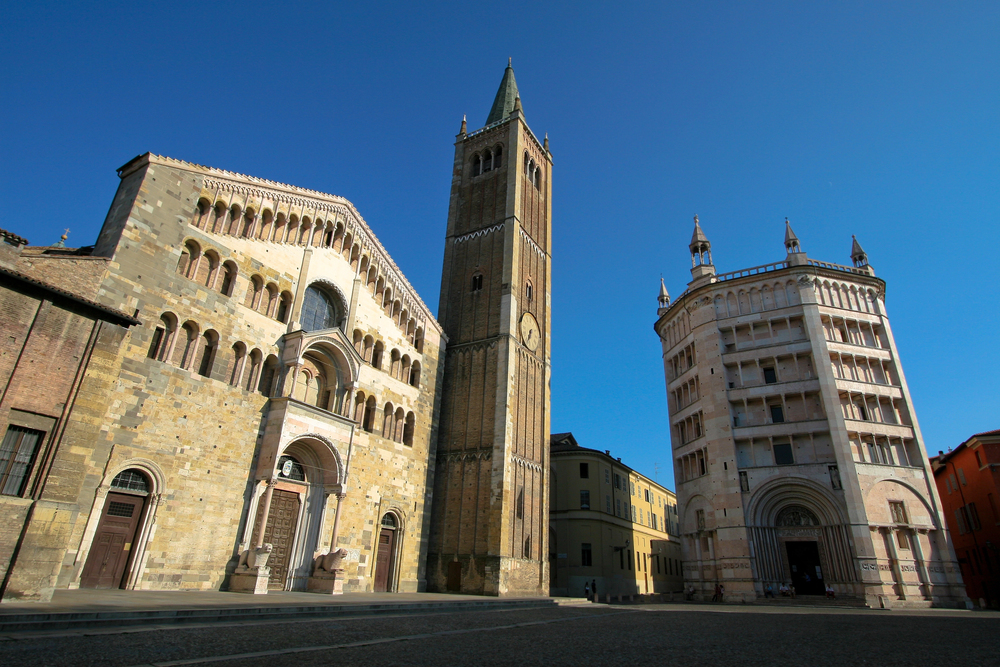
This elegant city delivers culinary excellence through its eponymous contributions to world cuisine—Parmigiano-Reggiano cheese and Parma ham—alongside cultural sophistication from its renowned opera tradition to Correggio’s innovative cupola frescoes. The compact pink-marble baptistery represents one of Italy’s most important Romanesque buildings, while the Teatro Farnese offers a perfectly preserved 17th-century wooden theater.
Food enthusiasts can visit the surrounding producers of the city’s famous products, understanding the traditional methods maintained for centuries to create these distinctively Italian contributions to global gastronomy.
Like Travel Pug’s content? Follow us on MSN.
Ragusa in Sicily
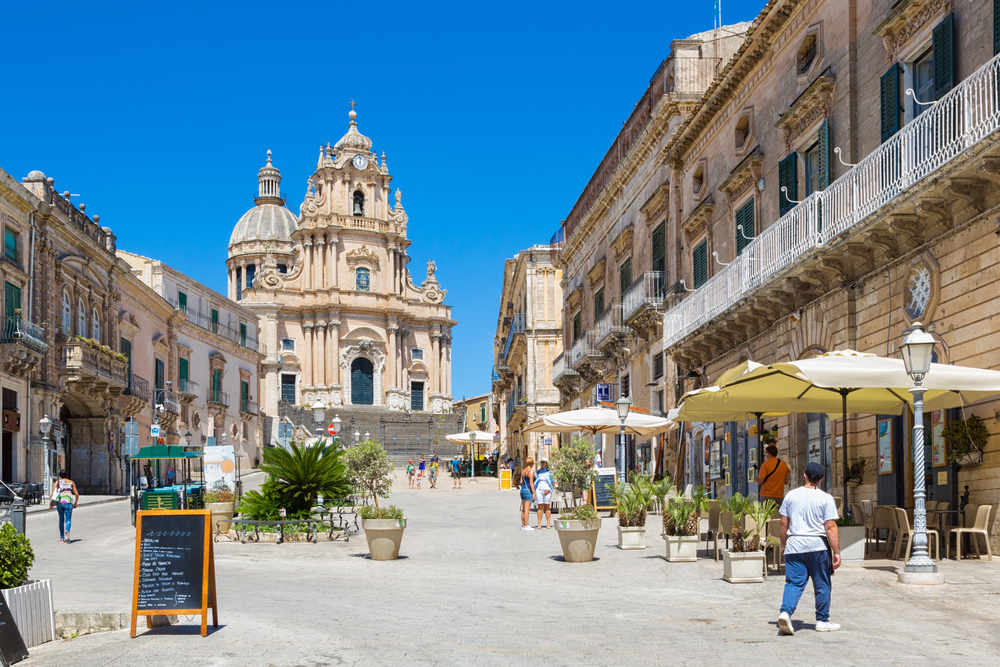
Split dramatically across two hilltops after the devastating 1693 earthquake, Ragusa presents two distinctive faces—the modern upper town and the extraordinary Baroque lower town of Ragusa Ibla with its palm-filled gardens and honey-colored stone buildings. The precipitous staircases connecting the two sections offer increasingly spectacular views across tiled rooftops to the surrounding countryside.
The city’s numerous Michelin-starred restaurants showcase Sicily’s exceptional ingredients through both traditional and innovative preparations, attracting culinary travelers to this remote southeastern corner of the island.
Ferrara in Emilia-Romagna
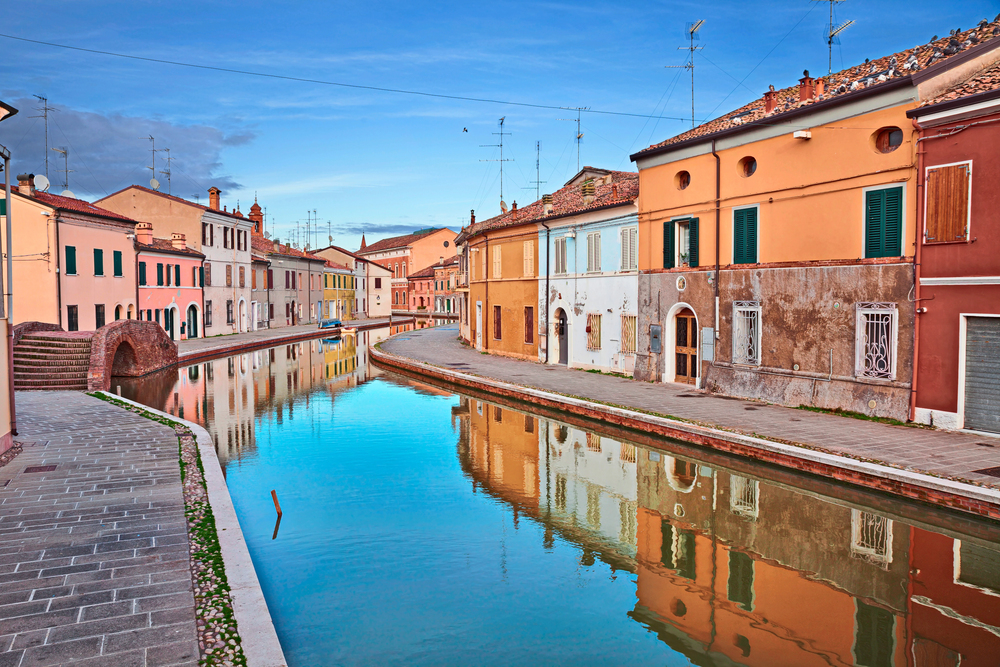
This Renaissance planned city retains its remarkable architectural harmony and nearly intact city walls, now serving as a 9-mile cycling and walking path encircling the historic center. The imposing Este Castle with its moat dominates the city center.
At the same time, the adjacent Jewish Ghetto preserves memories of one of Italy’s most significant Jewish communities through synagogues, museums, and traditional bakeries. The distinctive local cuisine features unique pasta shapes, including cappellacci di zucca (pumpkin-filled pasta), served in restaurants housed in medieval buildings along notably broad, straight Renaissance streets.
Aosta in Valle d’Aosta
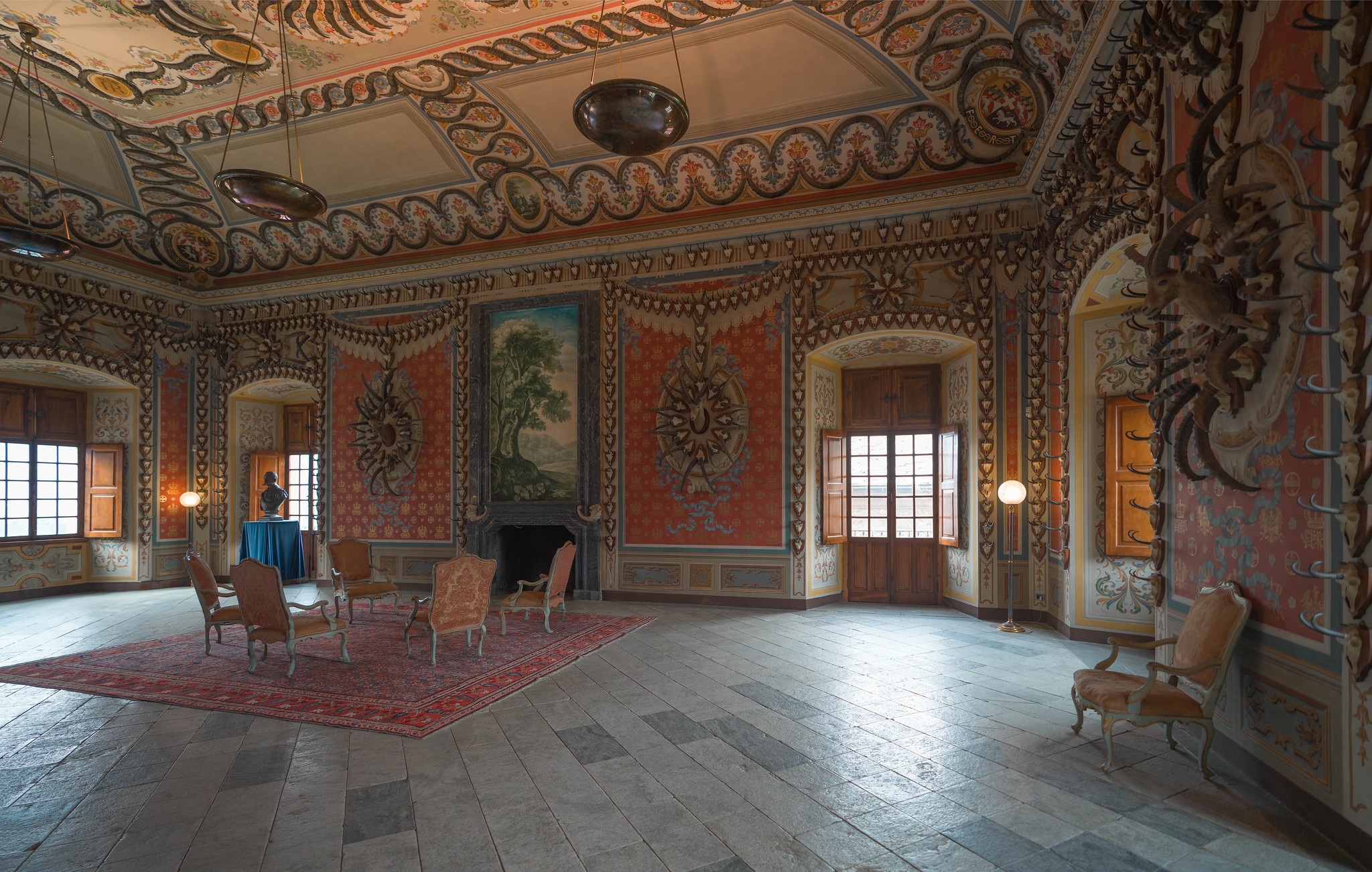
Ancient Roman ruins stand in remarkable preservation throughout this Alpine city, with the monumental Praetorian Gate and theater maintaining much of their original grandeur. The spectacular mountain scenery surrounding the city provides a dramatic backdrop to medieval castles and Romanesque churches scattered throughout the compact historic center.
The distinctive cuisine combines Italian and French influences through dishes featuring alpine cheeses, hearty game, and local wines from Europe’s highest vineyards.
Like Travel Pug’s content? Follow us on MSN.
Ascoli Piceno in Marche
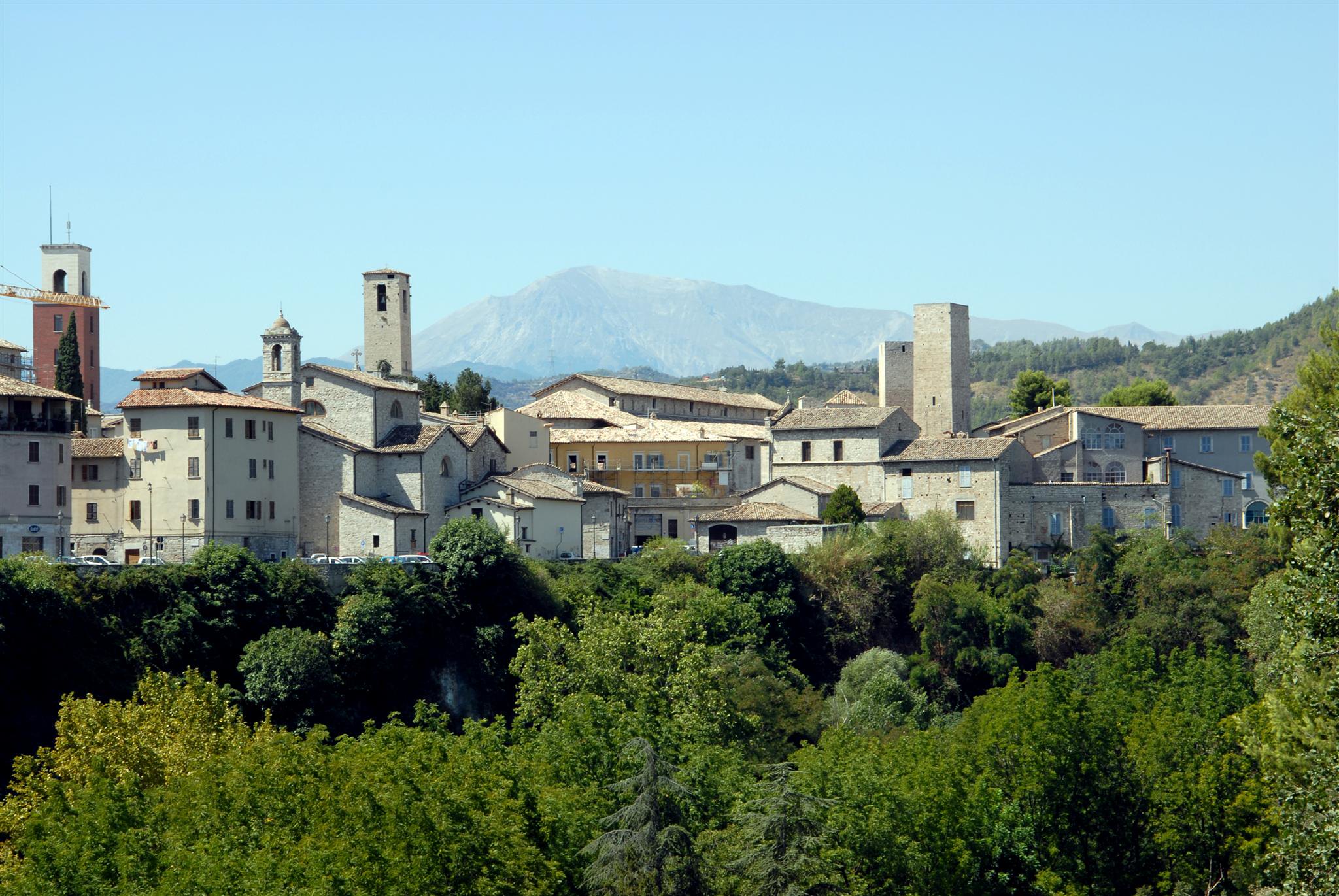
Renaissance-era travertine buildings surround the extraordinary Piazza del Popolo, creating one of Italy’s most harmonious urban spaces, often described as the most beautiful square in Italy. The local specialty—olive all’ascolana (meat-stuffed fried olives)—showcases the region’s exceptional olive production through a labor-intensive preparation that’s remained unchanged for centuries.
The surrounding countryside offers easy access to both Adriatic beaches and Sibillini mountain hiking trails, making this an ideal base for exploring the underappreciated Marche region.
Brindisi in Puglia

This ancient port city, where the Appian Way reached the Adriatic Sea, contains layers of history from Roman columns marking the road’s end to the Knights Templar church where crusaders departed for the Holy Land. The spectacular natural harbor has welcomed travelers for over 2,000 years, including Roman emperors, crusading knights, and modern ferry passengers bound for Greece and Albania.
Seafood-focused cuisine showcases the bounty of two seas—the Adriatic and Ionian—through traditional preparations featuring minimal ingredients that highlight exceptional natural flavors.
Treviso in Veneto
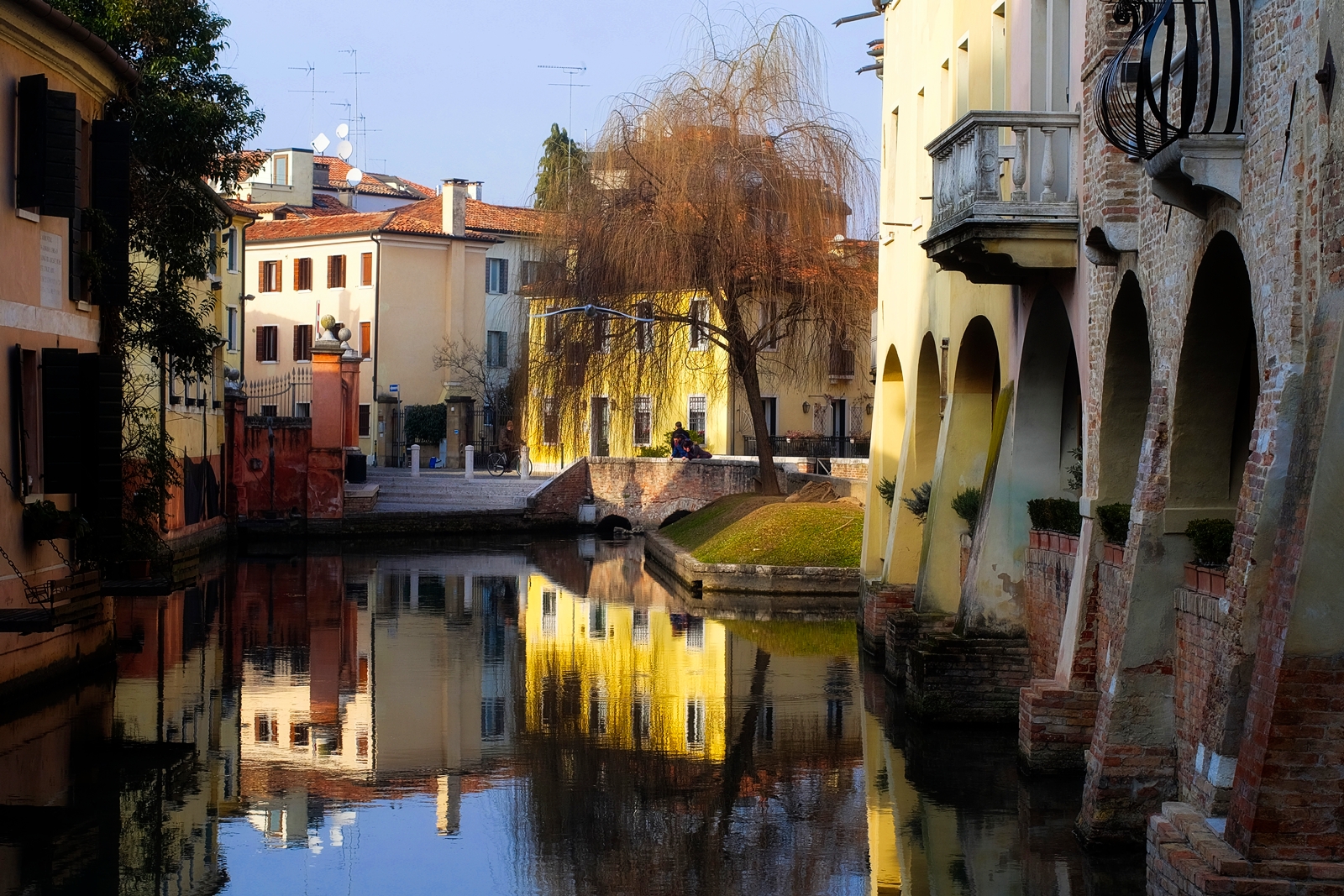
Just 20 miles from Venice but overlooked by most tourists, this prosperous small city features canals, frescoed buildings, and excellent cuisine without the crowds of its famous neighbor. The historic center, enclosed by well-preserved medieval walls, contains delightful discoveries, from waterways lined with water wheels to hidden garden restaurants that serve distinctive local specialties like risotto with radicchio.
The city gave the world both tiramisù and Prosecco, contributions to Italian culinary heritage that visitors can appreciate in historic cafés and wine bars throughout the atmospheric old town.
Like Travel Pug’s content? Follow us on MSN.
Beyond the Obvious Italy
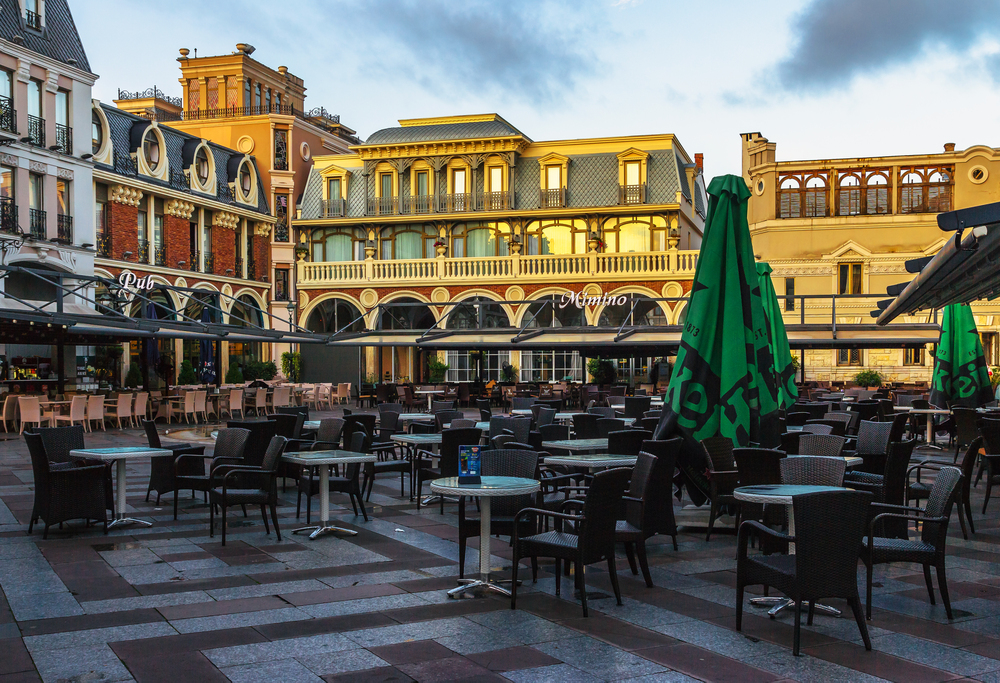
These 20 cities represent merely the beginning of Italy’s extraordinary depth of cultural experiences beyond the famous trinity of Rome, Florence, and Venice. The authentic rhythms of Italian daily life—morning espresso at the local bar, evening passeggiata with neighbors, leisurely Sunday lunches extending for hours—become accessible when travelers venture into these less internationally recognized destinations.
The greatest gift these alternative cities offer is the opportunity to develop a personal relationship with Italy, discovering your favorite piazza, neighborhood trattoria, or panoramic viewpoint untouched by mass tourism. These places invite travelers to move beyond being observers of Italy to becoming temporary participants in its continuing cultural story.
More from Travel Pug

- Cities Growing so Fast You Won’t Recognize Them in 10 Years
- 13 Destinations Where Tourists Regularly Regret Their Trip
- 16 U.S. Cities That Are Quietly Becoming Travel Hotspots
- Where to Travel If You Love Long Bus Rides and Daydreams
- 20 Cities Perfect for Solo Travelers Who Crave Adventure & Culture
Like Travel Pug’s content? Follow us on MSN.
